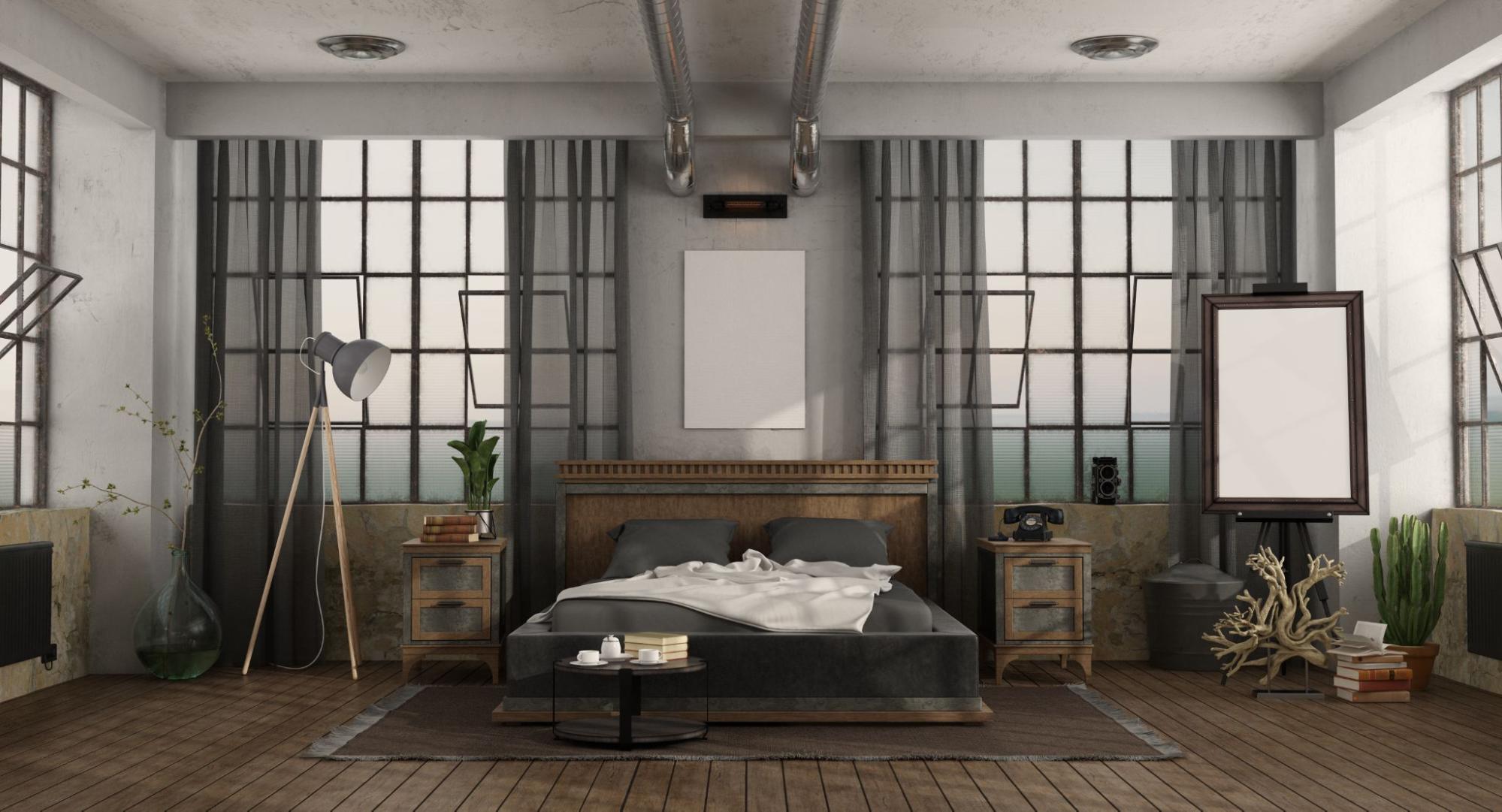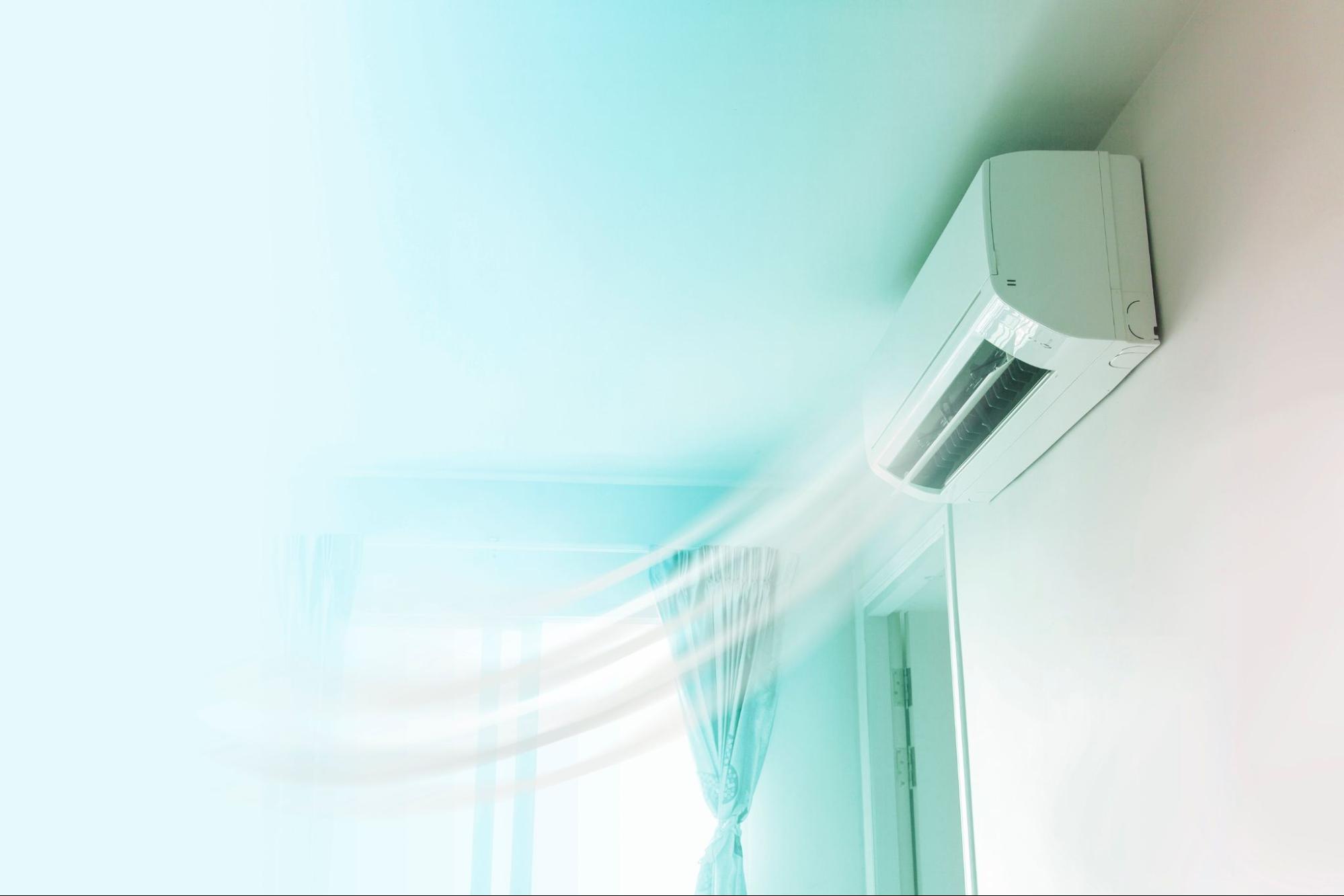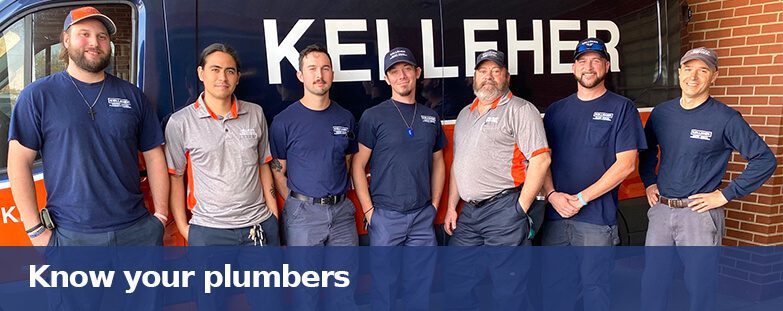Understanding HVAC Zoning and How It Can Benefit Your Home
June 9, 2023A lot of people complain that they have hot and cold spots in their home, regardless of what their desired temperature is set at on their thermostat. Whether you live in a new or old home, or a house that is one story or two, this is an issue you might be dealing with in your living space. More often than not, this is a problem that is related to HVAC zoning.
HVAC system zone control is something that can be addressed years after construction has taken place, so you should never feel like you have to deal with chilly or uncomfortable areas of your home. Let’s talk about how you can improve the comfort level in different parts of your home using HVAC zoning.

Large homes can have their HVAC system split into different areas; each being controlled by their own thermostat. Some homes may even have two separate HVAC systems installed. Another common method of installing a zoned HVAC system is to have one furnace that has multiple ductwork runs coming off of it.
Who Benefits from HVAC Zoning?
Having different rooms or zones factored into your HVAC setup is beneficial for:
– Homes that have two to three levels
– Homes that have a finished basement
– Rooms with high ceilings
– Rooms that exist inside of the attic
– Spaces that have a lot of large windows.
– Floor plans that have multiple wings on the home

The Use of Dampers
Unfortunately, your thermostat doesn’t recognize if there are cold spots in your home. It simply takes a reading at the location where it’s installed, running your furnace to keep the temperature in that area consistent. If you have a trunk duct HVAC system, there may be some changes that you can make to create a more comfortable and consistent environment throughout your home.
More ductwork will have manual dampers that can be closed and opened as needed. This allows more or less air to pass through, creating a more balanced indoor air temperature. It might take some experimentation to see what adjustments will be most beneficial, and a professional can help you with this process.
Zoning Panels
HVAC zoning can utilize different thermostat panels in various rooms of the home. These sensors will report back to the central panel. You have the option for both wired and wireless panels. This is a sophisticated system that helps account for differences in temperature, and you can change dampers to open and close in ways that will rectify any hot or cold spots. Automatic dampers will make changes remotely using information from your thermostats, so you don’t have to manually open and close dampers yourself.

Retro-Fitting a Duct System
If you find that your home isn’t pre-built for an HVAC zoning system, you can still choose to have adjustments made. Isolation of runouts and installing dampers on them is needed. There is also the option for running dedicated trunk lines where there aren’t any. It really comes down to what your budget is, and how much work you’re willing to have done in regard to installation of zones and dampers.
Ductless Mini-Split Systems
Another zoning option that you have for your HVAC system is the installation of ductless mini-splits. This provides temperature customization in individual spaces of the home thanks to zone control. The cost of a ductless mini-split system will be affected by the number of heads or indoor units that you have installed. One outdoor unit and one indoor unit are installed, and they are connected by refrigerant tubing and electrical wiring. Your indoor unit will deliver heated or cooled air right into your living space without the need for ductwork.
Energy Savings
HVAC zoning provides a much more efficient method of heating and cooling your home. Less energy is needed to keep your home comfortable, because there’s no need to overheat areas of your home in order to accommodate for other cold spots. The U.S. Department of Energy states that homeowners can save up to 30 percent on their annual heating and cooling costs thanks to a zoned HVAC system.

If you’re interested in learning more about HVAC zoning and how it can benefit your home, you should reach out to our team here at Kelleher. For over four decades, our company has been building a reputation in the Richmond area for installing and maintaining high-quality home comfort systems. Let our family help your family with your home comfort needs. We would be happy to answer any zoning questions that you have, and an inspection of your home’s current HVAC setup will help us determine what kind of changes should be made moving forward.






